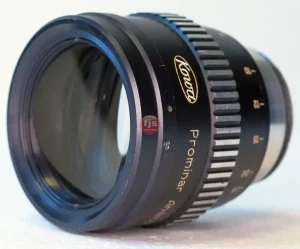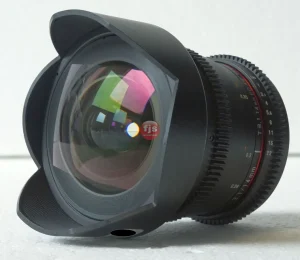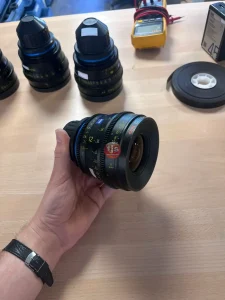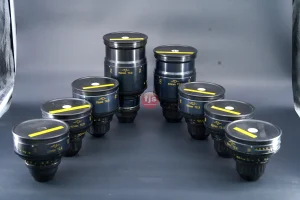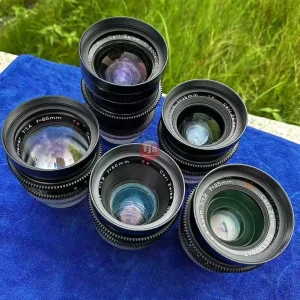Prime lenses are often preferred over zoom lenses due to their superior sharpness. This is because prime lenses lack the movable parts found in zoom lenses, which can cause lens diffraction. Lens diffraction occurs when light particles bounce around inside the lens before reaching the camera sensor, resulting in reduced image sharpness.
Prime lenses are sharper because they have fewer glass elements than zoom lenses.
The fewer the elements in a lens, the less light is refracted and scattered, which means less chromatic aberration and distortion. Additionally, prime lenses generally have larger maximum apertures than zooms, allowing more light to enter the lens.
This results in sharper images with greater depth of field and more pleasing bokeh.
Prime lenses also tend to have simpler internal mechanisms, which means less chance for mechanical failure and easier maintenance.
Another advantage of prime lenses is that they typically offer wider aperture options, making them ideal for low-light situations or when you want a shallow depth of field.
Although zoom lenses are more versatile, they often sacrifice image quality for convenience. In summary, if you prioritize image quality over versatility, a prime lens is the way to go.
This results in sharper images with better contrast and depth of field.
Another advantage of prime lenses is that they tend to be lighter and smaller than their zoom counterparts. This makes them easier to carry around and handle for extended periods of time.
Finally, prime lenses are designed for a specific focal length, whereas zoom lenses cover a range of focal lengths. This specialized design allows prime lenses to achieve better optical quality than zooms.
In summary, primes are sharper due to their simpler design, larger maximum aperture, and specialized construction.




